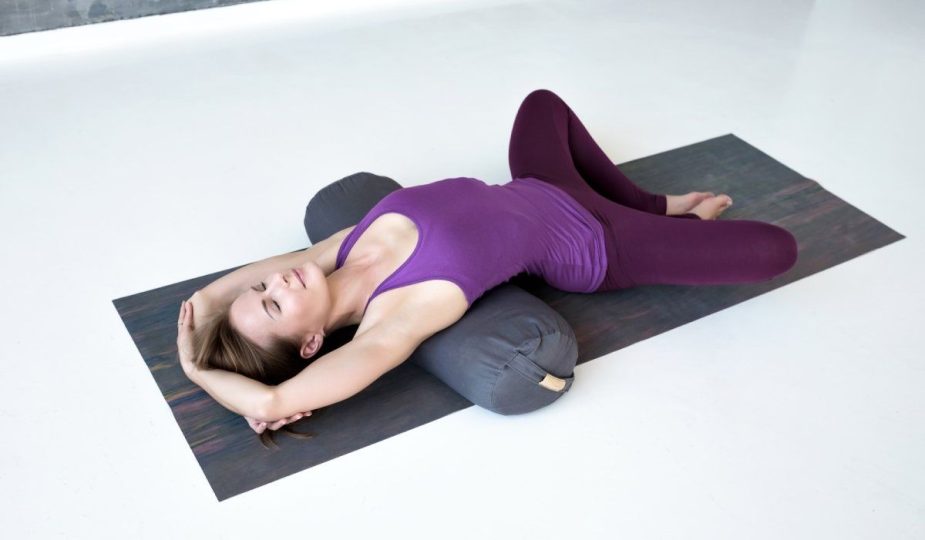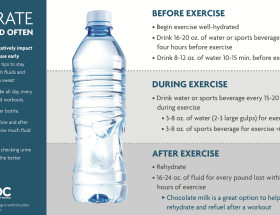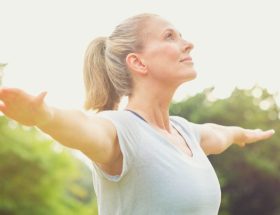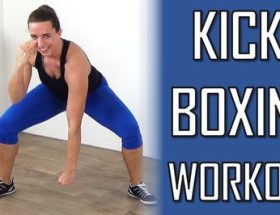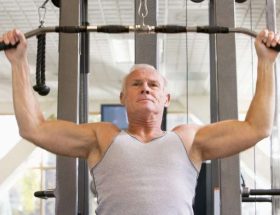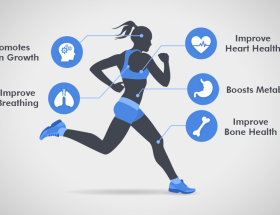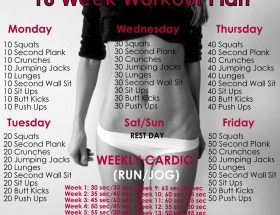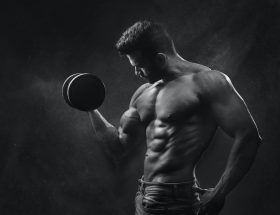Restorative yoga is a gentle, slow-paced practice that focuses on relaxation and stress relief. It involves holding poses for an extended period, allowing the body to completely relax and release tension. In today’s fast-paced world, incorporating restorative yoga into your wellness routine can be incredibly beneficial for both your physical and mental well-being. This article will explore some of the most relaxing poses that can help alleviate stress and promote overall relaxation.
The Benefits of Restorative Yoga
Restorative yoga offers a wide range of benefits, including stress reduction, improved sleep quality, increased flexibility, and enhanced concentration. By activating the parasympathetic nervous system, restorative yoga triggers the body’s relaxation response, leading to a decrease in heart rate, blood pressure, and stress hormones. This practice provides a grounded and calming experience, allowing individuals to find a deeper connection with themselves and obtain a sense of inner peace.
Supported Child’s Pose (Balasana)
One of the most popular restorative yoga poses is the Supported Child’s Pose, also known as Balasana. To practice this pose, start by kneeling on the floor and then sit back on your heels. Slowly fold forward, extending your arms in front of you, and rest your forehead on a block or bolster. This pose gently stretches the hips, thighs, and ankles while simultaneously calming the mind and relieving tension in the back and shoulders.
Legs-Up-The-Wall Pose (Viparita Karani)
Viparita Karani, commonly referred to as Legs-Up-The-Wall pose, is a deeply restorative and rejuvenating pose. To get into this pose, sit sideways next to a wall and swing your legs up while lying on your back. Rest your arms by your sides, close your eyes, and breathe deeply. This pose helps improve circulation, relieves tired legs and feet, and promotes a sense of relaxation and inner quiet.
Reclining Bound Angle Pose (Supta Baddha Konasana)
Supta Baddha Konasana, or Reclining Bound Angle pose, is a wonderful pose for releasing tension in the hips and inner thighs. To practice this pose, lie flat on your back and bring the soles of your feet together, allowing your knees to open to the sides. For support, you can place blocks or bolsters under your thighs. Close your eyes, take slow breaths, and feel the gentle opening and release in your hips and lower back.
Corpse Pose (Savasana)
Savasana, also known as Corpse Pose, is the final relaxation pose in any yoga practice, including restorative yoga. To practice Savasana, lie flat on your back, arms by your sides, and palms facing up. Close your eyes and allow your body to completely surrender to the ground. This pose provides deep relaxation, allowing the physical, mental, and emotional systems to rest and restore.
The Importance of Props
When practicing restorative yoga, props such as blankets, bolsters, and blocks are essential. Props help support the body in different poses, allowing for complete relaxation and comfort. They facilitate deep release of tension and help the body to settle into a pose for an extended period. Props can be easily adjusted to suit individual needs, making restorative yoga accessible to practitioners of all levels and body types.
Conclusion
Restorative yoga offers a sanctuary for relaxation and stress relief. By incorporating gentle poses like Supported Child’s Pose, Legs-Up-The-Wall Pose, Reclining Bound Angle Pose, and Corpse Pose into your yoga practice, you can cultivate a sense of calm and allow your body and mind to rejuvenate. Remember to use props to enhance your comfort and ensure a deeply restful experience. Embrace the benefits of this practice and make restorative yoga a regular part of your self-care routine.
